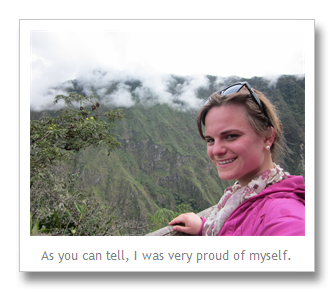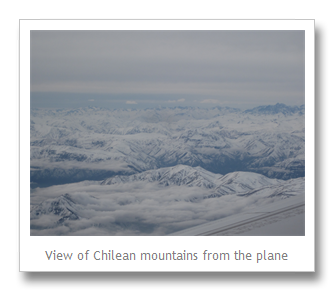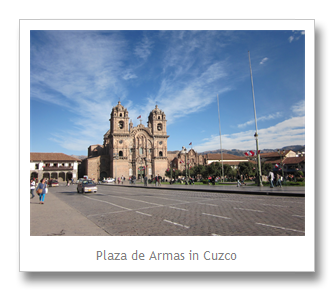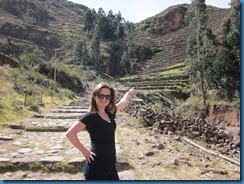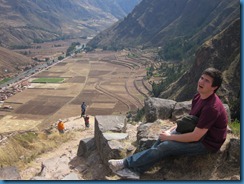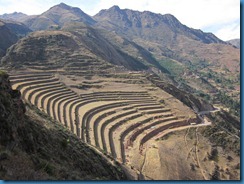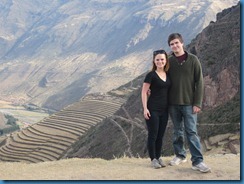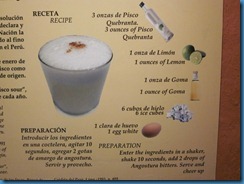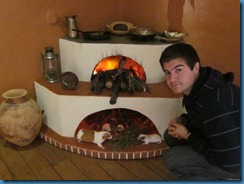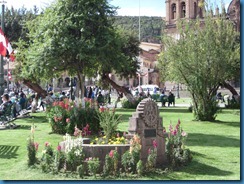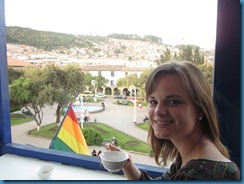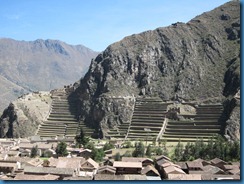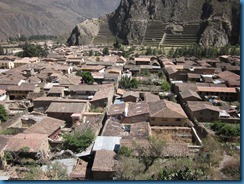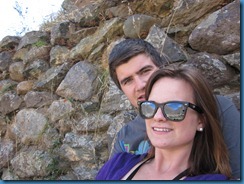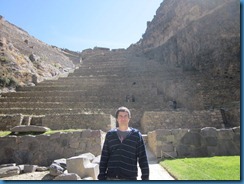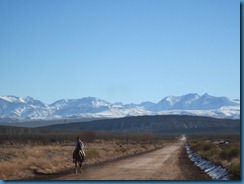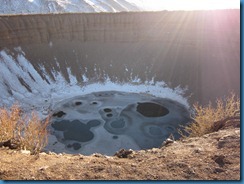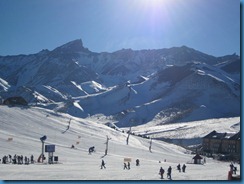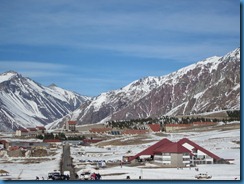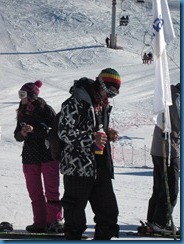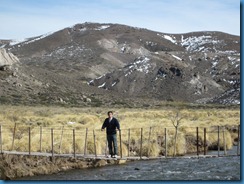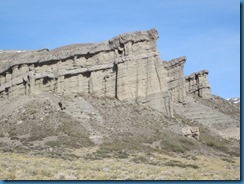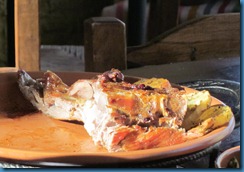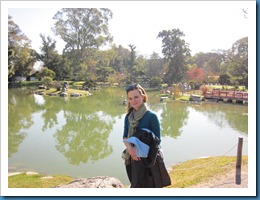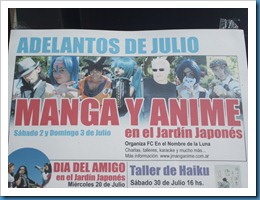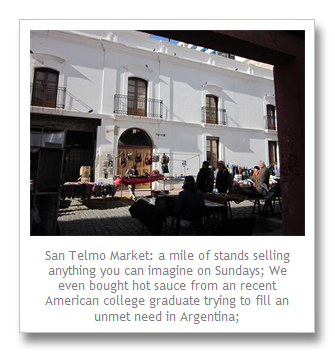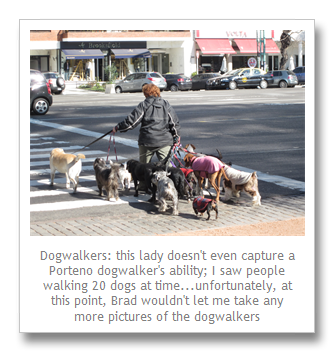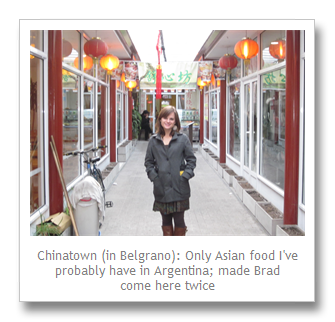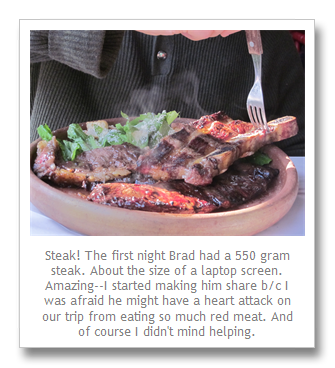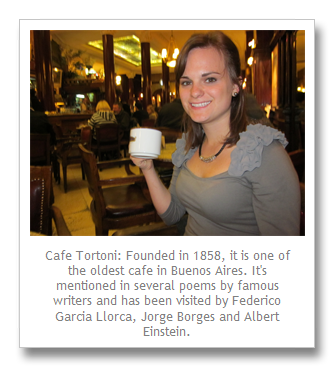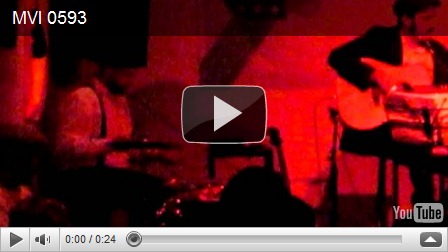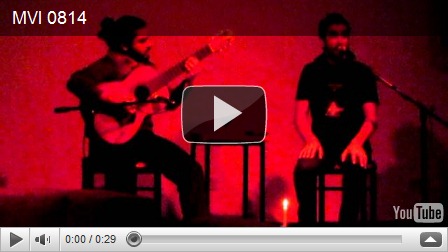All of Peru photos, including Machu Picchu HERE ***Takes a minute for the photos to come up
Machu Picchu meaning “Old Peak” is a pre-Columbian 15th-century Inca site located 7,970 ft. above sea level. It is situated on a mountain ridge above the Urubamba Valley in Peru, which is 50 miles northwest of Cusco and through which the Urubamba River flows. Most archaeologists believe that Machu Picchu was built as an estate for the Inca emperor Pachacuti (1438–1472). Often referred to as the "Lost City of the Incas", it is perhaps the most familiar icon of the Inca World. (wikipedia)
Day 5
We spent most of Wednesday traveling up to Aguas Calientes, which is the tourist trap town right outside Machu Picchu. It’s the only option for lodging really, but there’s nothing to do there and very little authentic about it. We stayed at Supertramp Hostel, which was nice enough. Everyone passing through Aguas Calientes is going to Machu Picchu so we picked up some good advice from travelers and the owners. We actually walked in on a conversation on how to sneak into Machu Picchu at night (and on our way back actually saw the guys hatching their plans….poor guys had plans to camp out in the dark in the forest outside of Machu Picchu—which wouldn’t be so bad except it was rainy. Everything was wet and they were going to get poured on!)
Day 6
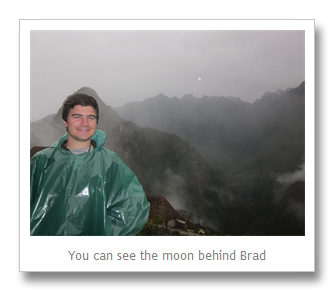
You always read online to leave for Machu Picchu (MP) really early to beat the crowds and see the sunrise, but the hostel owner informed us the sunrise isn’t that special and MP is more crowded in the mornings anyhow. Despie the hostel owner's advice, we still planned on going at 4 a.m. when we went to sleep, but when I woke up in our ten-bunk hostel dorm, I heard a terrible noise: pouring rain. If you knew how much planning went into making MP happen, you would’ve wanted to cry too. There was no way I was climbing two miles up to MP in the pouring rain when it was pitch dark outside that early in the morning so I went back to sleep. No objections from Brad. We got up at 6:00 a.m. to eat a little breakfast (which would be our only food until 8:00 p.m.) and opted for the tourist bus up to MP. Excellent decision because later on in the day we met a fellow traveler and hostel mate who had the discipline to get up at four a.m. and make the two-mile hike; when we saw her at 9 a.m. inside the historic site, she looked exhausted and miserable.
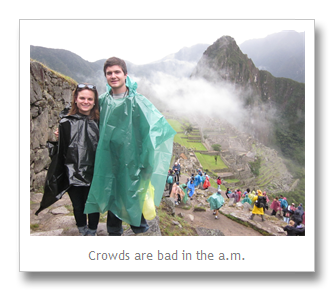
Prancing around in ponchos, once we saw Machu Picchu, we forgot all the rain, lack of sleep, hunger, whatever. It was absolutely breathtaking and well worth the hassle. In the morning, there was a mist, called a “cloud forest,” covering the ruins, which added to the mysteriousness of this colossal Incan site situated on top of the mountaintops.
I don’t want to bore you with a book on Machu Picchu because it’s really the photos that you want to see but here are just a few interesting facts.
Interesting Facts
- The Incas were masters of a building technique ashlar where they cut enormous stones to fit together so well that they didn’t need to use mortar (which they considered an inferior method). They were so skilled in the ashlar method that not even a blade of grass can fit between these massive stones.
- Hiram Bingham, an American historian, “discovered” the ruins in 1911. However, it’s debatable if he was the first to discover the ruins, or just the one to publicize the ruins to the world.
- Yale University excavated and exported ruins from Machu Picchu to the U.S. in 1912. There was a huge controversy between the university and the Peruvian government that the artifacts were just a loan and needed to be returned. Yale University JUST returned the items a few years ago…just a century late.
- In 2007, MP was voted one of the Seven Wonders of the World in an online poll by UNESCO.
- Machu Picchu was built in 1472 at the height of the Incan empire as a sacred religious site for emperor Pachcuti. It was abandoned 100 years later due to the Spanish conquest.
- The site is endangered due to tourists (oops…) but the government is now controlling how many visitors enter the site, as well as selling separate tickets to enter Huaynapichu (a second mountaintop you can enter once you’re inside MP).
- No one really knows how the Incas got these massive stones to these mountaintops.
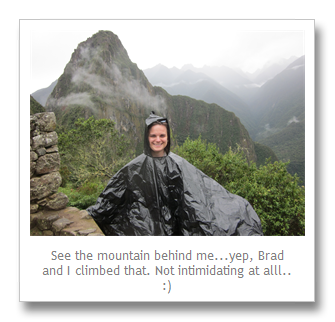
Huaynapichu or Wayna Picchu, meaning Young Peak, rises over Machu Picchu. The Incas built a trail up the side of the Huayna Picchu and built temples and terraces on its top. The peak of Huayna Picchu is about 8,920 ft. above sea level, or about 1,180 ft. higher than Machu Picchu.
According to local guides, the top of the mountain was the residence for the high priest and the local virgins. Every morning before sunrise, the high priest with a small group would walk to Machu Picchu to signal the coming of the new day. (wikipedia)
As I mentioned, the Peruvian government is limited the number of daily visitors to ascend the mountain to 400 per day; half enter at 7 a.m. and half enter at 10 a.m. This climb is unreal and if it were the U.S., you’d have to sign a waiver to climb it.
“A steep and at times exposed climb leads to the summit. Some portions are slippery and steel cables provide some support. At times during the rainy season, the tours are closed. From the summit, a second trail leads down to the Gran Caverna and the Temple of the Moon. These natural caves, on the north face of the mountain, are lower than the starting point of the trail. The return path from the caves completes a loop around the mountain as it rejoins the main trail.”
It had just stopped raining when we started to climb up the mountain so the steep, tiny stairs hugging the mountain were wet. Brad and I tried not to talk about it, but if you slipped, you would get seriously hurt. In a few places there are steel cables to hold onto, but this seems to be a new installment so there are not nearly enough as you might need. Unfortunately, I don’t have any photos that capture it that well—I was too busy hugging the mountain to pull out the camera. Imagine the stairs from the photo above but steeper and wet.
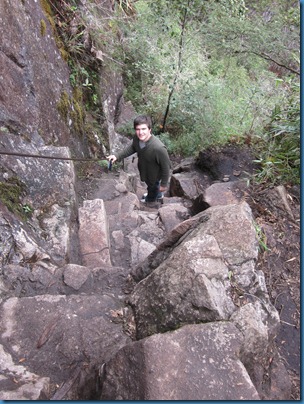
Brad was still sick so when we finally reached a landing, he called it quits.I have no compassion and told him I’d hike the loop and come back for him. I actually was sick the whole time as well, but there was no way I wasn’t experiencing MP to the fullest. The full hike was amazing because there’s so few people who do it and it’s a very personal experience exploring the Inca ruins on your own. As you can tell by my red face, however, it was quite the climb.
AND THE CLIMB DID NOT LOOP AROUND TO WHERE BRAD WAS. Yes, friends, I had to climb this ridiculous mountain twice because I had to go get Brad at the top and the trail looped back to the bottom instead of where Brad was waiting for me. I could barely walk the rest of the trip because my legs were so sore.
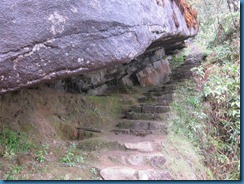
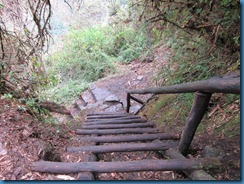
Wayna Picchu=Wilderness Incan Boot Camp
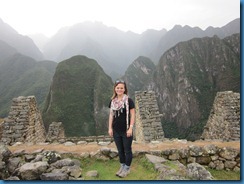


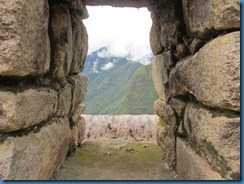
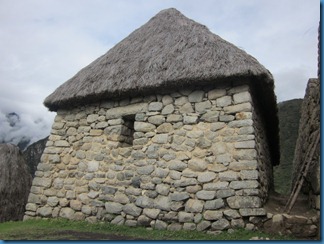
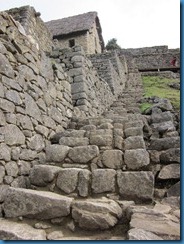
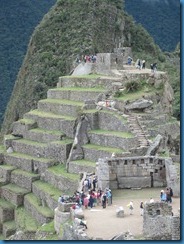
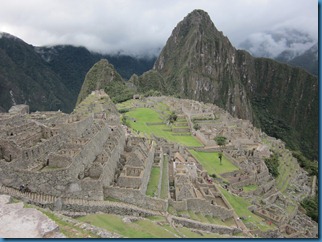
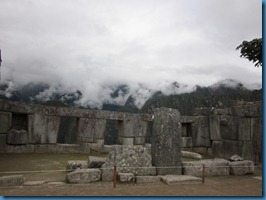
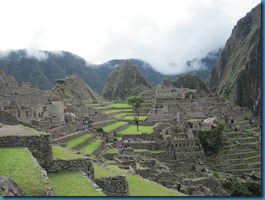
Brad and I stayed from opening to close at Machu Picchu and if we weren’t so exhausted and hungry, we’d have wanted to stay even longer. It blew our minds that some people only stayed for a few hour. As a recommendation, the best time to be at Machu Picchu is after 2:30 p.m. My best recommendation, however, is to place Machu Picchu high on your "Must See Before I Die List." Certainly one of the most incredible experiences of my life.
Technorati Tags:
machu picchu,
waynapicchu,
wayna picchu,
huaynapicchu,
huayna picchu,
Carolyn moore,
peru,
aguas calientes,
supertramp hostelhostel,
incan ruins,
inca,
incas,
hiram bingham,
carolyn moore travel blog
![]() It was so much fun having them here—I’m always so proud of how they’re generally easygoing about cultural differences, etc. I must admit, however, I never feel homesick UNTIL family and friends come to visit so I’m glad they came to visit towards the end of my trip. Now the countdown until one of my best friends Ali comes to visit for Oktoberfest in a week and my brother comes to visit in three weeks! Enjoy the video!
It was so much fun having them here—I’m always so proud of how they’re generally easygoing about cultural differences, etc. I must admit, however, I never feel homesick UNTIL family and friends come to visit so I’m glad they came to visit towards the end of my trip. Now the countdown until one of my best friends Ali comes to visit for Oktoberfest in a week and my brother comes to visit in three weeks! Enjoy the video!








